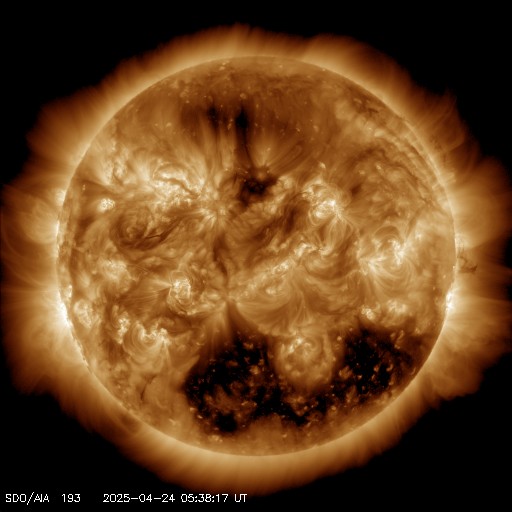Predictions of Space Weather are reported by NOAA\’s Space Weather Prediction Center (SWPC). The intensities of solar and geomagnetic storms are reported using the SWPC\’s Space Weather Scales. One use of these scales would be to not fly polar routes if the Space Weather Scale for Radio Blackouts was R 3 or higher. We also try to predict the space weather next month and next year, but that effort is only beginning.

Data and models from Living With a Star research will allow us to build accurate, data-assimilation models of the Earth’s radiation belts, thermosphere and ionosphere. Users of space weather data would like a picture of today\’s particle environment and ionosphere to allow them to anticipate radiation doses, radio outages and GPS navigation errors. Data from the Radiation Belt Storm Probes, due to be launched in 2012, will provide the data to make predictive models of the radiation belts that affect many satellites. The I TSP mission will study the effects of space weather in the mid-latitude thermosphere and ionosphere.
Physicists can predict these events by monitoring the conditions in the solar wind from satellites such as ACE. Conditions that are likely to lead to a magnetic storm are a high solar wind speeds (> 500 km/s) and a southward oriented interplanetary magnetic field (Bz~ –10 nT). (The interplanetary magnetic field comes from the Sun and is carried out through the solar system by the solar wind.)
via SDO – Solar Dynamics Observatory.
